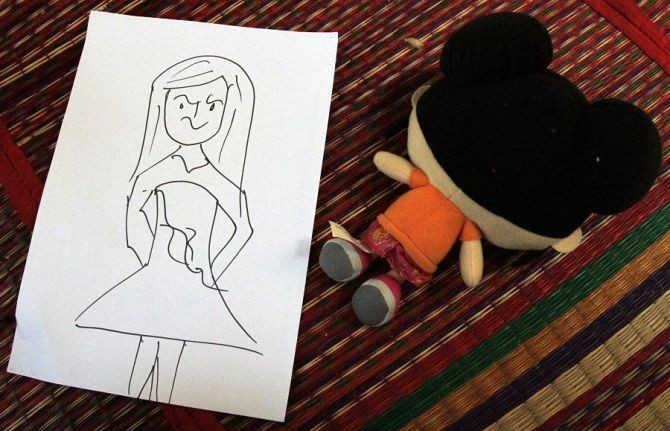Doctors Deficient in Reporting Child Abuse Cases: Study

A new study shows that primary care providers fail to report a substantial number of cases of child abuse.
The study was the first to examine the “validity of a [primary care provider’s] decision to suspect child abuse as the etiology of an injury and their decision to report a suspicious injury to child protective services,” researchers from Boston University School of Medicine and Boston Medical Center wrote.
In some cases a child could be bruised or scratched from playing, falling, or bumping into something and it may be quite difficult for a pediatrician to determine whether or not a child is being abused, especially if that child is not one to speak up.
Identifying Abuse Injuries
Researchers explained that identifying an injury caused by child abuse can be difficult and that only the responsible person and the child witness the event.
Yes, identifying whether or not a child is abused or just accident prone is very difficult, but it’s possible, so researchers outlined what pediatricians should do.
“The physical abuse of a child may be suspected after a careful history and physical examination, when the clinician determines the injury is not consistent with the history provided, or when the pattern of injuries is highly suspicious for maltreatment,” the authors wrote.
The study used a subsample of injuries drawn from the national Child Abuse Reporting and Experience Study, primary care providers completed telephone interviews using a stratified sample of 111 injury visits, including no suspicion of abuse, suspicion but not reported, and reported suspicion.
Experts and Primary Care Providers
Expert review and provider retrospective self-assessment techniques were used to validate the primary care provider’s initial decision.
“Five child abuse experts reviewed clinical vignettes created by using data prospectively collected by PCPs (Primary Care Provider) about the patient encounter. The PCPs' opinions 6 weeks and 6 months after the injury-related visits were elicited and analyzed,” the authors wrote.
The researchers found that primary health care providers and experts agreed about the suspicion of abuse in 81 percent of the physical injury cases and primary health care providers did not report 21 percent injuries that experts would have reported.
“Compared with expert reviewers, PCPs had 68 percent sensitivity and 96 percent specificity in reporting child abuse,” wrote the authors.
Researchers on the study said that reporting suspected child physical abuse is a two-step process: assessment of the likelihood of child physical abuse and the decision to report.
"Child abuse experts and PCPs are in general agreement concerning the assessment of suspected child physical abuse, yet this study demonstrates that primary care providers decide not to report a substantial proportion of child physical abuse cases," explained lead author Robert Sege, MD, FAAP, professor of pediatrics at BUSM, and director, Division of Ambulatory Pediatrics at BMC.
This study reveals that primary care providers should pay more attention to the bruises or scratches on a child and see if they are consistent, which would make them suspicious.
This study opens up several opportunities for future improvement in the training of physicians as well as the diagnosis and management of child physical abuse. "To become more certain of their suspicions, PCPs need better education about the recognition of injuries that are suspicious for child abuse, particularly bruises and fractures, and the role of state CPS agencies in investigating the child's circumstances," added Sege.
Published by Medicaldaily.com



























